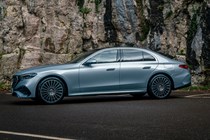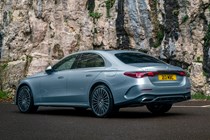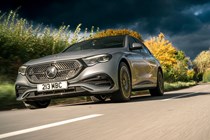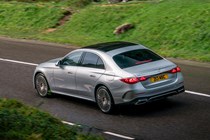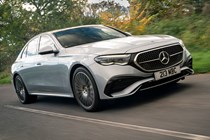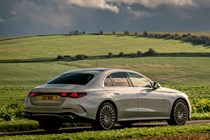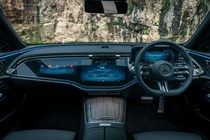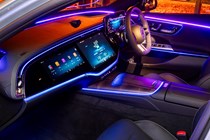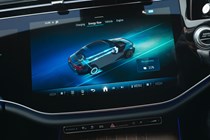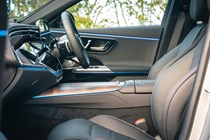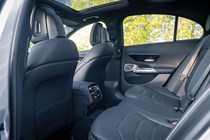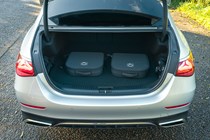
Mercedes-Benz E-Class running costs and reliability
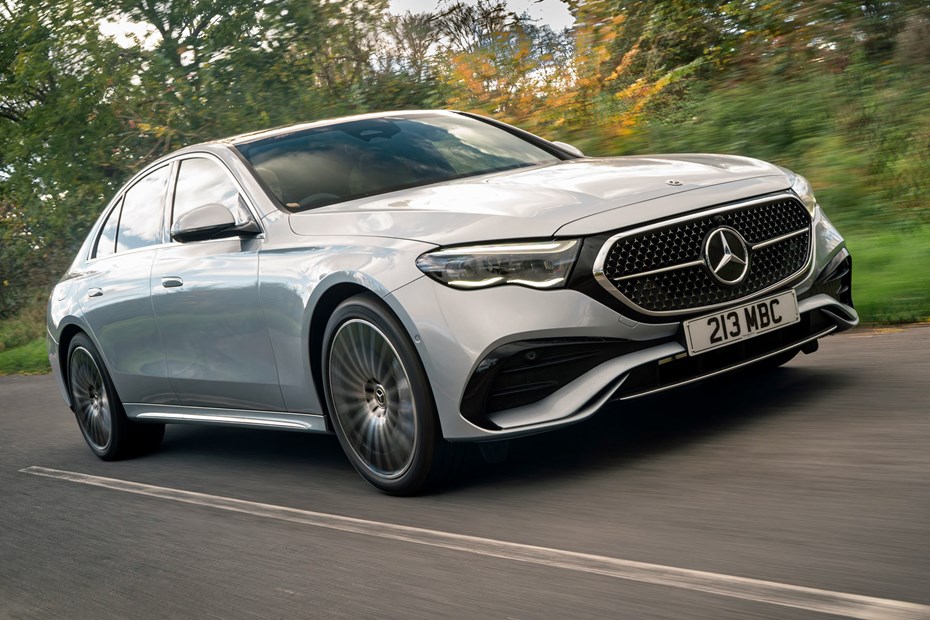
Miles per pound (mpp) ⓘ
| Petrol engines | 5.9 - 6.4 mpp |
|---|---|
| Diesel engines | 5.7 - 7.5 mpp |
| Plug-in hybrid petrol engines * | 5.8 - 6.2 mpp |
| Plug-in hybrid diesel engines * | 7.1 - 7.2 mpp |
Fuel economy ⓘ
| Petrol engines | 40.4 - 43.5 mpg |
|---|---|
| Diesel engines | 44.8 - 58.9 mpg |
| Plug-in hybrid petrol engines * | 39.8 - 42.2 mpg |
| Plug-in hybrid diesel engines * | 55.4 - 56.5 mpg |
We can confidently say no E-Class is going to break the bank when it comes to fuel. The E200 petrol will top 40mpg on the open road without too much stress, and we expect the E220d to go at least 10mpg further in the same circumstances. Expect the E450d to return low 40s on a gentle run.
The plug-in hybrids promise mpg figures in the hundreds, but you’ll need to run on electricity almost all of the time to match those figures. We have tested an E300e, albeit an estate, for real-world efficiency and found it’d do 40.2mpg on our regular route with a flat battery. Again, expect the diesel-powered E300de to better this, especially on the motorway.
Real-world electric range impresses. We drove 54.7 miles on electric power alone before the battery was flat and the engine fired, with a much greater proportion of the journey on motorways and faster A roads than the official WLTP tests. For context, that’s 10 miles further than the BMW 550e. We’d expect the E300e saloon to be marginally more efficient than the estate we tested due to its lower weight and more aerodynamic shape.
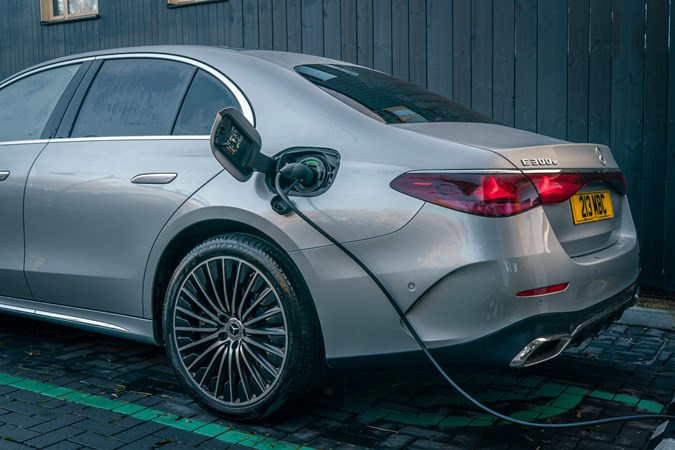
It’s the E300e that makes the most sense for the majority of company car buyers. It attracts a lower BIK rating than the E300de, let alone the rest of the range, and goes slightly further on electricity. You’ll need to be doing an awful lot of miles without charging for the E300de to make more sense financially.
A 10-100% charge takes three hours on a regular 7.4kW home wallbox, or two hours at 11kW. Alternatively, a 10-80% rapid charge at 55kW takes a mere 20 minutes.
Servicing and maintenance
The E-Class is an expensive car from a premium brand, so servicing isn’t going to be the cheapest out there. There is a choice of service plans to spread out the cost of just servicing, with guaranteed parts and labour prices, or a plan that includes wear and tear items plus an extended warranty.
Some might want to consider this as the standard Mercedes warranty is a measly three years. It is an unlimited mileage plan, though.
Reliability
- Mercedes doesn’t have the best record
- Cars have felt a bit flimsy in places
- Added complexity of hybrid systems on all
Mercedes build quality is some way from the halcyon days of the 1980s. We’ve noticed a few bits of flimsy trim and the odd creak in press cars, and there’s no such thing as a simple E-Class which is unlikely to help reliability. Still, we’re happy to be proved wrong, and this is still a new and unproven model.
Ongoing running costs
| Road tax | £620 |
|---|---|
| Insurance group | 41 - 50 |
Get an insurance quote with

|
|



